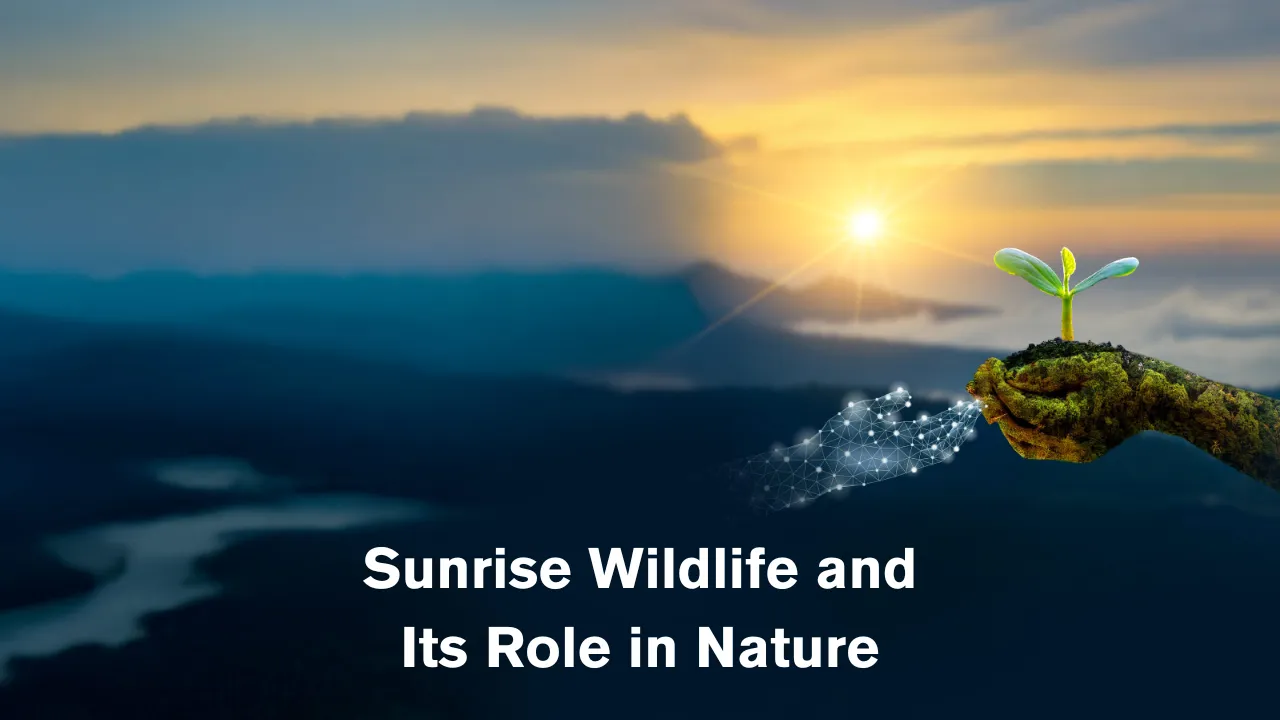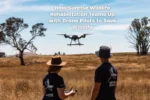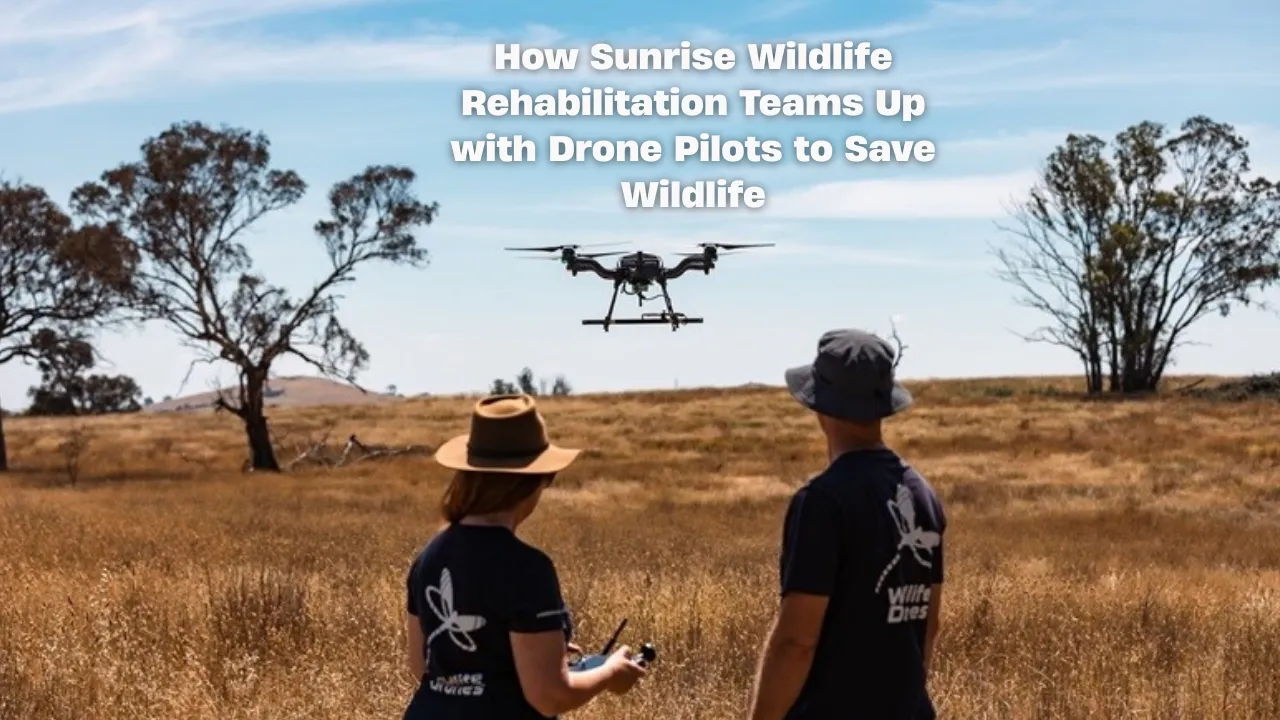Sunrise Wildlife and Its Role in Nature: Sunrise Wildlife offers a glimpse into nature’s most essential and active hours. As the first light breaks the darkness, animals begin their daily routines, unaware of the human schedules they often align with. For those who pay attention, mornings reveal a vibrant, delicate world that plays a crucial part in maintaining the planet’s natural systems. From birds chirping in city parks to deer grazing in misty fields, sunrise is when the landscape truly comes alive.
This article explores how Sunrise Wildlife influences biodiversity and why it should matter to everyone—not just nature enthusiasts. You’ll learn how morning animals shape the environment, contribute to a balanced food chain, and support the stability of our local ecosystems. It also discusses threats to dawn wildlife, benefits to humans, and how we can protect this critical time of day.
Sunrise Wildlife and Its Role in Nature
Sunrise Wildlife refers to the burst of animal activity that happens in the early morning. It’s the time when the natural world resets—predators wind down, herbivores begin to graze, and pollinators take flight. This short but powerful window is a vital part of the local ecosystem, promoting ecological balance, helping maintain native species, and strengthening connections between animals and their habitats. Morning hours are particularly important for wildlife behavior, as lower temperatures, reduced noise, and increased visibility make dawn the ideal time for feeding, hunting, and communication.
| Aspect | Why It Matters |
| Early Bird Activity | Promotes communication, territory claims, and feeding for survival |
| Pollination and Growth | Insects and birds assist with plant reproduction and biodiversity preservation |
| Predator-Prey Dynamics | Maintains balance in the food chain across various ecosystems |
| Human Connection | Boosts mental health, supports ecotourism, and fosters appreciation of nature |
| Conservation Importance | Protecting morning habitats leads to healthier and more resilient environments |
Wildlife Activity Peaks at Sunrise
In the quiet of early morning, dawn wildlife sets the rhythm for the entire day. Birds begin singing not only to welcome the sun but to establish territory and attract mates. Mammals like deer and rabbits take advantage of the calm to forage safely. Insects such as bees and dragonflies become active, supporting pollination and insect population control.
These seemingly small behaviors create big ripple effects. Morning animals often play dual roles—some feed while others become food, maintaining the integrity of predator-prey relationships. This activity directly supports the biodiversity preservation that our planet depends on. Missing this natural shift can lead to imbalances that impact everything from forests to farms.
Sunrise Supports Pollination and Plant Growth
A lesser-known benefit of Sunrise Wildlife is how it contributes to healthy plant life. Pollinators, including bees, butterflies, and hummingbirds, are highly active during the early hours. Morning dew and cooler temperatures help these species work efficiently without heat stress.
These creatures assist with cross-pollination, which is crucial for the reproduction of flowering plants and crops. Without their work at sunrise, many native plants would struggle to survive, affecting food chains and ecosystems. By encouraging biodiversity preservation, pollinators help ensure genetic diversity, soil quality, and even air purification—making mornings not just beautiful, but biologically powerful.
Key Roles of Sunrise Wildlife in Local Ecosystems
1. Predation and Food Chains:
Predators like owls, hawks, and foxes often finish their hunting routines around dawn. Meanwhile, other animals, such as songbirds and squirrels, begin searching for food. This changeover maintains the ecological balance in various ecosystems. Prey species don’t face constant threat, allowing for population stability.
2. Communication and Mating Behavior:
Many animals use the quiet of morning to send important signals. Birds communicate using song to defend territory or court mates. Frogs croak to attract partners, and insects buzz to announce their presence. These behaviors ensure healthy reproduction and strengthen genetic pools of native species, which directly affects biodiversity.
List of Animals Most Active at Sunrise
- Robins, sparrows, and woodpeckers
- Foxes, raccoons, deer, and rabbits
- Bees, butterflies, and moths
- Frogs, toads, and some reptiles
Each of these species plays a specific role—whether it’s aerating soil, spreading seeds, or managing pests. When they are active at dawn, their collective behavior shapes the health of their surroundings.
Benefits to Humans and the Environment
Sunrise Wildlife is not just a natural spectacle—it provides measurable benefits to human life. Watching wildlife in the early morning reduces stress and increases mindfulness. Nature reserves and bird-watching tours often center around these hours, driving ecotourism and boosting local economies.
Beyond that, morning nature contributes to environmental services that humans often overlook. Clean air, stable soil, and safe water sources are maintained thanks to thriving biodiversity. When local ecosystems remain intact, they serve as buffers against natural disasters, disease spread, and climate fluctuations.
Threats to Sunrise Wildlife
Unfortunately, several modern pressures threaten the survival of Sunrise Wildlife. As cities grow and landscapes change, the following factors reduce animal activity at dawn:
- Urban sprawl destroys natural habitats
- Artificial lighting disrupts animal sleep and activity cycles
- Early morning traffic and noise disturb foraging and mating behaviors
- Pesticides and herbicides affect pollinator health and plant growth
Protecting this natural routine is essential not only for wildlife but for the continued health of our planet. Without action, we risk erasing an important part of the day that fuels biodiversity.
How to Protect Sunrise Wildlife
Here are a few ways individuals and communities can help:
- Support habitat conservation efforts, especially in suburban and rural areas
- Avoid using chemicals in lawns and gardens
- Plant native flowers and trees to support local pollinators
- Reduce unnecessary noise or lighting near natural areas during morning hours
- Participate in local wildlife education or monitoring programs
Even small changes can lead to big results when communities come together to protect the rhythms of nature.
FAQs
Why is sunrise such an active time for animals?
Sunrise provides cooler temperatures, better visibility, and fewer human disturbances, making it ideal for feeding, mating, and social behavior.
How does dawn wildlife affect biodiversity?
It supports food chains, promotes pollination, and maintains a healthy balance between predator and prey species, all of which are vital for rich biodiversity.
Which animals are most commonly seen during sunrise?
Birds, insects, and small mammals like deer, rabbits, and raccoons are typically active during dawn hours.
Is urban development a threat to sunrise wildlife?
Yes, urban sprawl can destroy natural habitats and introduce noise and light pollution, both of which disrupt morning wildlife activity.
How can I observe sunrise wildlife responsibly?
Visit natural areas quietly, avoid startling animals, stay on paths, and refrain from feeding or touching wildlife.
Final Thought
Sunrise Wildlife holds the key to unlocking many of nature’s secrets. Its role in maintaining biodiversity, supporting pollination, and shaping the environment cannot be overstated. As more people become aware of its importance, there’s a growing chance to protect and restore these essential morning ecosystems. Whether you’re a casual observer, conservationist, or someone who simply enjoys a peaceful morning, there’s something magical and vital in those early hours.
Feel free to share this article with others who appreciate the beauty of nature. Have a sunrise story or a favorite wildlife moment? Drop it in the comments below. And don’t forget to explore more about your nature connection in our wildlife-themed horoscopes or environmental articles!












